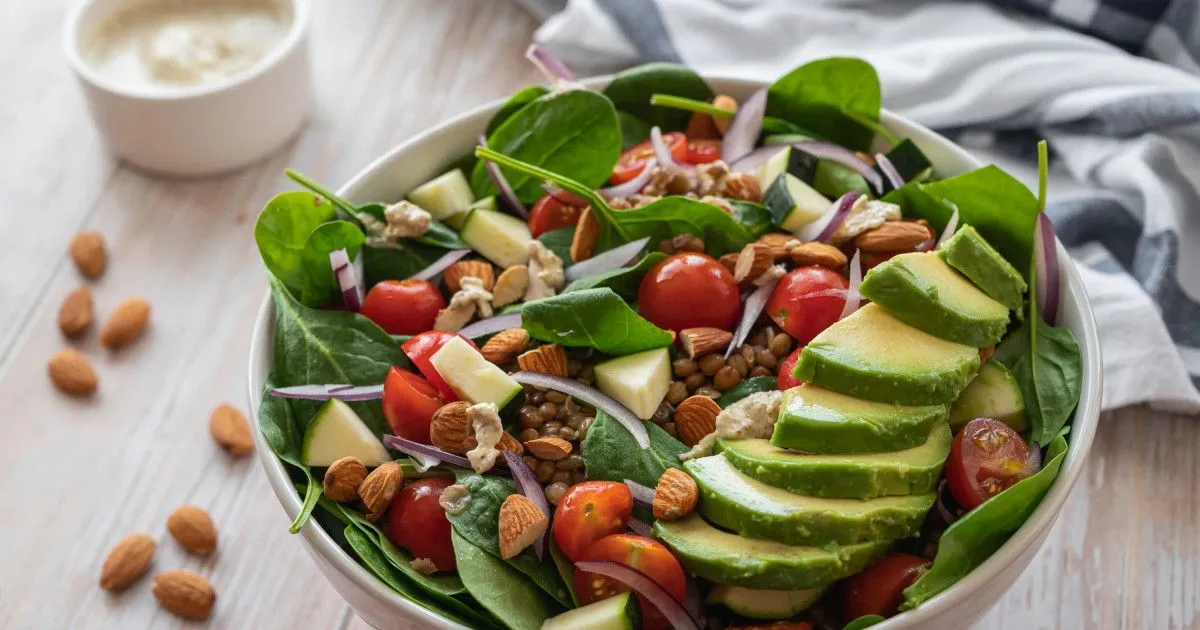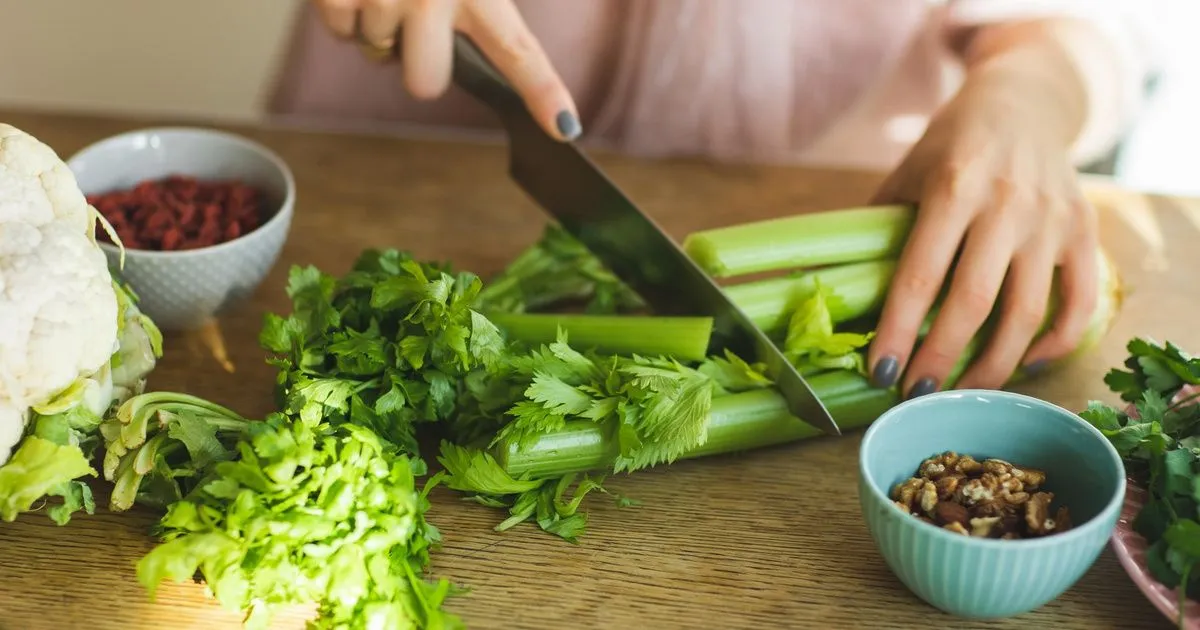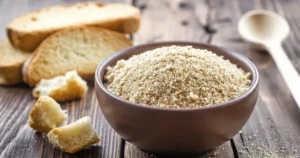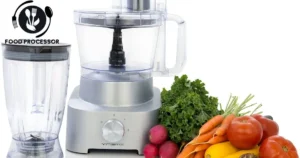Ham salad is a flavorful appetizer, sandwich filler, or tasty snack made by means of combining chopped ham with mayonnaise or dressing, hard-boiled eggs, vegetables, and spices. This light red, creamy salad can be observed gracing lunch menus and picnics across Southeastern america. But just because you don’t own an electric powered food processor doesn’t mean homemade ham salad is off the table.
Wondering how to make ham salad without a food processor? With just a knife and spoon, create a delicious ham salad using a manual chopping and blending approach. Learn the art of consistent ham and egg dicing, vegetable grating, and the perfect incorporation of creamy binders. Balance seasonings for an ideal texture without the need for fancy appliances.
Once you nail the preparation techniques, whipping up flavorful ham salad anytime will feel like second nature. Let’s start prepping the primary components you’ll need, from properly cooked ham to hard-boiled eggs, condiments, crunchy add-ins, and spices. With the right pointers, you’ll be on your way to customizing your own go-to ham salad recipe to enjoy whenever the craving strikes.
Ingredients Needed
The base of ham salad requires just a few key ingredients: cooked ham, hard boiled eggs, mayonnaise or salad dressing, onion, celery, pickle relish and seasonings. Having the main elements prepped and handy before mixing allows easy assembly.
You’ll also need utensils for manual chopping, grating, stirring and scooping the salad. Beyond knives, graters and mixing bowls, you’ll want ingredients measured out, eggs cooked/peeled, ham and veggies washed and dried beforehand.
Prepping the Ham
For best texture, ham should be firm but not dried out before dicing. If hardened, slightly moisten again with chicken or ham broth while chopping. Trim excess outer fat or edges first if desired.
Chopping by Hand
Without a food processor, ham chopping relies on knives and elbow grease. Aim for 1⁄2 inch cubes or smaller. First cut ham into thin strips, then dice by rocking a knife through stacked slices for even cubes.
Use a large sharp chef’s knife and quality cutting board. Maintain curled finger guard hold while chopping. Move diced ham from the board directly into your salad mixing bowl.
Grating Hard Boiled Eggs
Peel eggs completely before grating. A fast motion with a box or wand grater creates light, fluffy egg texture to blend into salad. Grate over a bowl – small holed shredders work better than larger.
| Step | Description |
| 1 | Hard boil eggs using your preferred method, then cool completely. Eggs easier to peel and grate once chilled. |
| 2 | Tap cracked egg gently on countertop until shell is completely cracked all over before peeling off pieces. |
| 3 | Hold peeled egg safely and grate in short, quick motions over a mixing bowl using the small holes of a box or wand grater. |
| 4 | Grate at different angles Rotating as you go to cover all sides for fine, fluffy egg texture. |
| 5 | Take care to keep fingers away from grater holes and blades. Consider wearing a protective glove for safety. |
| 6 | Stir grated egg frequently to prevent clumping together. Separate any chunks into smaller bits with a fork or knife. |
| 7 | Add freshly grated egg to other ham salad ingredients right away while particles remain loose. |
Take care to protect fingers from skin ridges catching. Alternatively, finely mince eggs if no greater is available. Stir grated egg into bowl, combine while particles still loose and separate.
Mixing in Mayo or Dressing
Once primary ingredients are prepped, add mayonnaise or another creamy salad dressing as the base binder. Regular, low or non-fat varieties work. Measure out first before stirring thoroughly to evenly coat.
Fold in gently, being careful not to over-mix and lose texture. Go lighter at first you can always add more. Taste test for ideal creamy to chunky ratio as you combine everything.
Chopping Onions, Celery and Pickles
Next, prep any secondary ingredients to add. Diced yellow or white onion and chopped celery provide a fresh crunch. Both need small, uniform chops that won’t water out the salad.
Drain pickle relish first or chop whole dill chips/bread and butter chips before mixing in. Their tanginess offsets the rich creaminess. Again, hand mince with consistent cuts.
Adding Seasonings and Spices
Now add flavor boosters like garlic powder, salt, pepper, paprika, dry mustard or cayenne pepper per taste. Start with pinches or shakes then increase amounts gradually.
For additional zing options, stir in a squirt of yellow mustard or hot sauce. Taste as you season in steps, until desired punch emerges. Refrigerate 20-30 minutes for flavors to develop before serving.
Correct Consistency and Texture
The ideal ham salad consistency falls between firm and spreadable, moist but not runny wet. Adjust mayo amounts up or down to reach the right texture. Stir thoroughly but avoid over mixing once set.
Ham and egg pieces should be small but still detectable, not pureed. Some chunky bits are expected. Push salad through a mesh strainer if too much liquid releases to dry it out some.
Serving Suggestions
Chilled ham salad makes a tasty sandwich filler combined with cheese and lettuce on bread or rolls. Or serve scooped over a salad or baked potato as a protein topping. Pair with crackers or whole grain toast points too.
For events, shape into a bowl, mold or ball to fill a platter alongside veggie dippers or fruit. Chill right up until placed out at room temp for 1-2 hours to allow spreading easily.
Storage and Leftovers
Store freshly made ham salad packed airtight in an airtight container for up to one week refrigerated. Press plastic wrap directly on the surface before sealing the lid to prevent drying out.
Mark date on container. Use leftovers within 5 days for optimum freshness and texture. The flavors continue improving, so plan to enjoy any excess mixed throughout the week.
Low Fat Substitutions
To lighten ham salad, substitute Greek yogurt or light sour cream for part of the regular mayo. Silken tofu, skim milk or vegetable broth also thin out the creaminess nicely.
Turkey ham or chicken pair well with less egg too. Boost overall nutrition with extra celery, onion, pickle and spices in place of some ham-mayo.
Food Processor vs Hand Chopped
Without question, an electric food processor makes faster work of chopping and mixing ingredients evenly with perfect consistency. But hand crafting ham salad has its merits too more control over textures and better insight into seasoning progression.
Knife skills improve wonderfully when opting out of machine processing. And any kitchen can still create simple, delicious ham salad following basic prep methods by hand.
FAQs
What is ham salad made of?
Ham salad is manufactured from chopped cooked ham, mayonnaise or salad dressing, tough-boiled eggs, onions, celery, pickles, and seasonings.
Where did ham salad originate?
Ham salad originated in the southeastern United States of america as a way to use leftover baked ham.
What is ground ham?
Ground ham is cooked ham that has been finely chopped or processed into small pieces or a paste-like consistency.
Can I freeze store bought ham salad?
Yes, you can freeze store-bought ham salad for longer storage as long as it is placed in an airtight container.
Conclusion
While a food processor delivers convenience chopping meat and eggs uniformly, preparing ham salad without this appliance proves greatly satisfying too. In fact, manually dicing the ingredients gives you more control over the final textures and flavor development. Through simple knife skills and some arm muscle, your own two hands can produce a creamy, crunchy ham salad mixing mayo, eggs, pickles and seasonings to taste.
It just requires a bit more prep work upfront to cube the ham and grate the boiled eggs by hand, especially if you’re wondering, How To Make Ham Salad Without A Food Processor? But once the salad components come together with the right creamy dressing binder, the texture should remain moist without excess liquid pooling. Balancing chunks, seasonings, and creaminess takes some practice but quickly becomes second nature.
So next time you get a craving, don’t wait for someone to give you a food processor. Have confidence in your hand chopping abilities. The simplicity of DIY ham salad forms its own delight. Just gather your favorite fresh ingredients and start dicing away.














